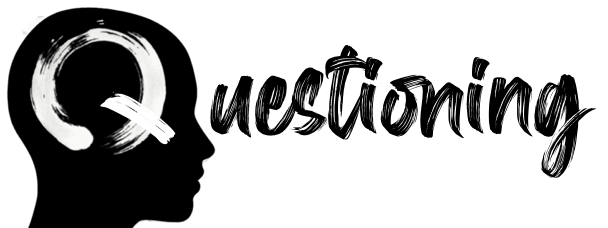The mysterious addiction to our own captivity

All the wrong things are happening when it comes to copyright and AI.
All big AI models were trained on what they call “public data,” meaning that people put content somewhere that was not secured. There are big corporations trying to litigate the makers of these models for infringement, but where is the class-action?
The way copyright actually works, at least in the jurisdictions where these models were trained, is that ALL THAT CONTENT WAS COPYRIGHTED. “Your work is under copyright protection the moment it is created and fixed in a tangible form that it is perceptible either directly or with the aid of a machine or device.” All that I must do to copyright my work is to write it somewhere. Most platforms, in order to stay shielded by Section 230, do not assume ownership of that copyright. So now every big AI platform should be in violation.
I say this with some trepidation.
Once upon a time, I ran a meetup group that discussed issues around IP, copyright and copyleft, and technology, called CopyNight NYC. It was around that time that I was extricating myself from a job in which part of my time was spent enforcing copyright claims on behalf of a film distributor. Over time, I came to believe that the strenuous defense of copyright is largely in service of exploiting artists, not protecting them. This is a game of legal and lobbying warchests, not of any fair or unfair use.
Which is probably even more true now. Whatever so-called protection there was for average people creating content is in name only, whereas the “cloud capitalists,” as Yanis Veroufakis calls them, need not adhere to any kind of law that gets in the way of their railways, let alone consumer protection for what their hastily assembled tracks might mean for safe travel.
We don’t seem to understand the concept of our own sovereignty. So often I hear people use arguments like, “privacy is dead” or “I don’t like the way this platform treats me but it’s accessible/free/what people already have.” You put it where other people can see it so how can you complain that it was stolen? — especially as it’s been mixed with so many other things that it is unidentifiable (with many examples of the unidentifiable-ness being untrue, of course).
I have a little bit of that feeling of being duped, even though maybe it was just by not noticing so much who was talking. As with so many other things that seemed to make all kinds of sense until you realize that when it comes to how far people with power will take it if it serves them, I had no idea what I was signing up for. For example, I supported the EFF for years, but as software ate more of the world, it became clear that zero accountability for content wasn’t just freeing the platforms, it was enabling them to become factories for hate and violence.
The tenets of open source feel aligned to me, and am against the way copyright was used as a tool of domination, especially in fair use or creative expression conditions, but it seems now it’s simply “oh well, people shouldn’t expect ANY protections about what they are contributing.” Protections for us would be VERY expensive for the platforms ingesting it all, either to sell ads amidst it, or to train AIs to sell us things without even needing advertising.
Every company with access to data is jumping on this approach. Even paid services like Slack and Zoom are by default using its customers as sources of free training data. And do you suppose this doesn’t mean, ultimately, normalizing of surveillance everywhere, even in your ‘private’ spaces? Even businesses who have sensitive or proprietary data will likely be unable to prevent its surveillance without leaving the platforms, and getting fully out of Alphabet, Microsoft, Apple, Amazon, and Meta’s clutches will challenge even the largest enterprises.
For those of us doing work to cultivate something in the world that does not rely on dominance, backing by violence, and extraction, it’s pretty essential to start thinking about how to extricate ourselves. These tools are only “free” as in, they don’t charge money for us to use them, but we come up with all sorts of justifications to keep them. “Everyone can use Docs;” “people are already on Instagram or Whatsapp;” “there are no alternatives to AWS or Google for small projects;” the list is endless.
How, do we imagine, will alternatives ever exist if we, on the forefront, are not willing to risk some frustration or learning in order to expand the reach of open source and ethical paid alternatives? How will alternatives get better without the pressure to serve us? What if part of our work as organizations providing community support and service is evangelizing, supporting, and contributing our community design needs to alternatives?
We can stop giving our time, attention, creativity, and content to these platforms for free. What used to be just social media making us the product is now pretty much any large VC-backed technology company. Yes, many of these alternatives are less sexy or more cludgy, but technology is nothing if not iterative. If you can disinvest from big brands for other kinds of ethical violations, why not at least give a few alternatives a shot? With most of these products, network effects can be huge, and can potentially mean at least the beginning of an ecosystem where people are valued, respected, not simply training material.
And perhaps we will be able to offer our content and contributions as a gift to reciprocally-focused AIs (or specifically, AI model builders) that want to work in solidarity for the common welfare of all beings. Right now, AI is really about a kind of intelligence I would describe as information processing. Living beings share the capability of sensing, not through the processing of information, but through our entire system(s). What we are giving AI is just the stories we’ve made up about our own sensing. Vastly limited.
We are seduced by imagination. We are loved by what is real.


